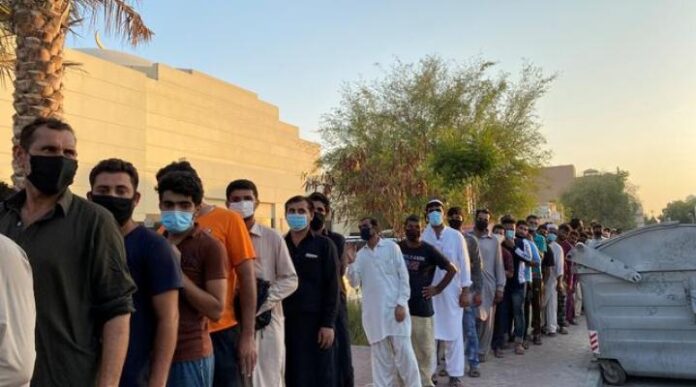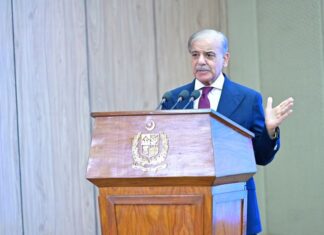DUBAI: It might take countries in the Middle East and Central Asia a decade to return to the economic growth seen before the coronavirus crisis, the International Monetary Fund said, as long-standing regional vulnerabilities weigh on their recovery.
Lack of diversification among oil-exporting countries and the reliance of oil importers on sectors like tourism, as well as their dependence on remittances, are likely to curb growth, the IMF said on Monday in its outlook for the region, which spans around 30 countries from Mauritania to Kazakhstan.
Oil-exporting countries have been hit the hardest. Oil prices are around 40% below pre-crisis levels, slashing their main source of revenue and reflecting their limited success in diversifying their economies.
“The COVID-19 crisis represents the fastest-moving economic shock of its depth in recent history,” the IMF said.
Economic “scarring” — which includes long-term losses to growth, income and employment — is likely to be deeper and longer-lasting than after the 2008-2009 global financial crisis, it said.
Five years after that crisis, real gross domestic product in Middle East and Central Asia countries was more than 4% below pre-crisis trends.
“This time, given preexisting vulnerabilities, it is estimated that five years from now, countries in the region could be 12 percent below the GDP level implied by pre-crisis trends, and a return to the trend level could take more than a decade,” said the IMF.
The Washington-based IMF expects economies in the region to shrink by 4.1% this year, a contraction 1.3 percentage points larger than it forecast in April.
“The management of the crisis, the priority to save lives, had an impact on economic activity that was compounded by the shock of oil prices, but I would say, relatively speaking … the outcome in 2020 is acceptable,” Jihad Azour, director of the Middle East and Central Asia Department at the IMF told Reuters.
“This crisis has exacerbated vulnerabilities,” he said.
The IMF estimates oil will average $41.69 a barrel this year and $46.7 a barrel in 2021. Last week, it lowered its 2020 real GDP projections for most countries in the oil-rich Gulf.
For regional oil importers, the benefits coming from lower oil prices have been offset by the impact of the crisis on trade, tourism, and remittances.
INEQUALITY
The downturn has limited the region’s ability to provide fiscal support during the crisis, with fiscal packages averaging about 2% of GDP – lower than a 3% average across emerging markets and developing economies.
“The average size of fiscal support in the region is the smallest among regional groups, reflecting both existing fiscal constraints and those created by the crisis,” the IMF said.
The crisis has also brought to light the region’s dependence on expatriate labour, particularly in the Gulf, where hundreds of thousands of workers left after losing their jobs.
“The toll on employment could be much more severe than after the global financial crisis,” the IMF said. Inequality is likely to widen as informal jobs are hit harder and social safety nets remain weak, it said.
Countries relying on remittances from the Gulf will also see a significant drop in inflows.
“On average, remittances to Middle East, North Africa, Afghanistan, and Pakistan oil importers would take more than four years (twice as long as the recovery following both the global financial crisis and the 2014–15 oil shock) to recover to pre-crisis levels,” the IMF said.























